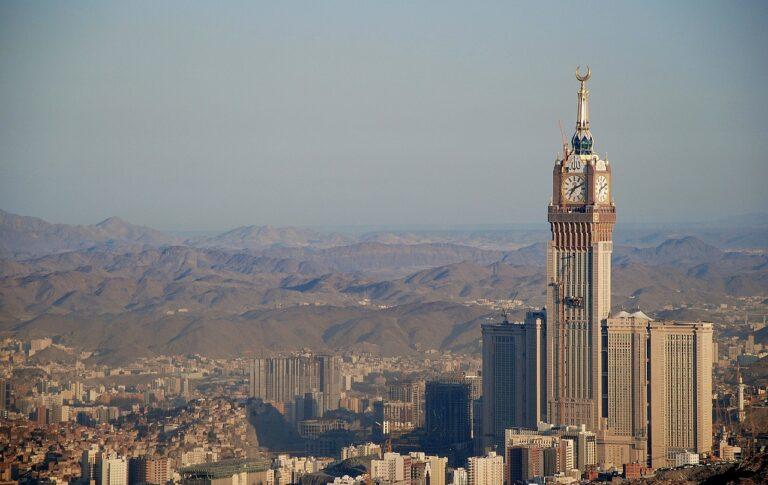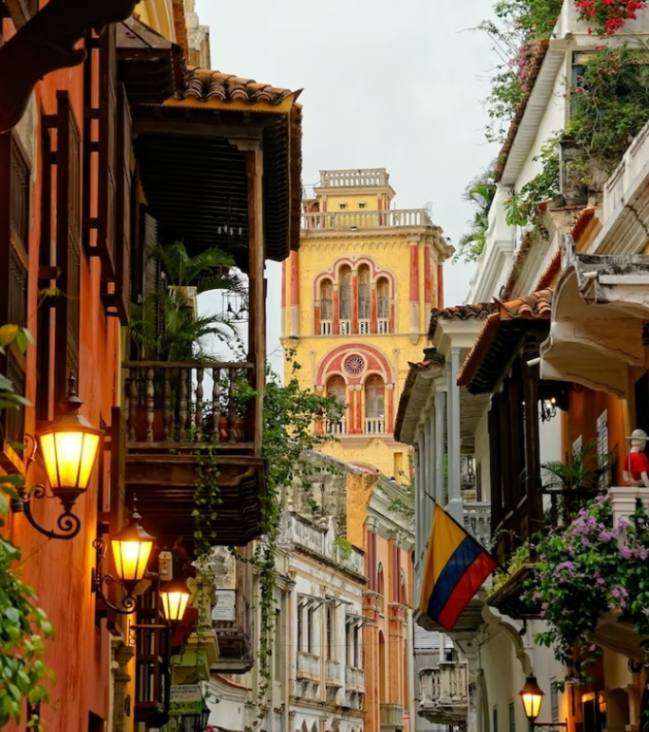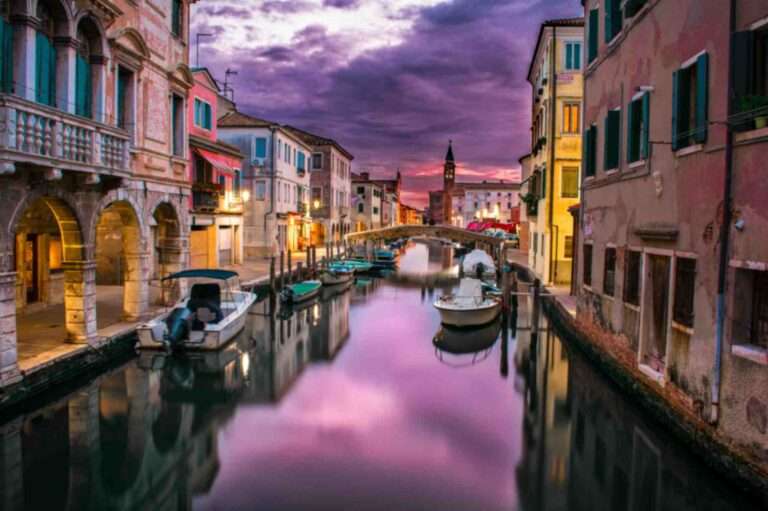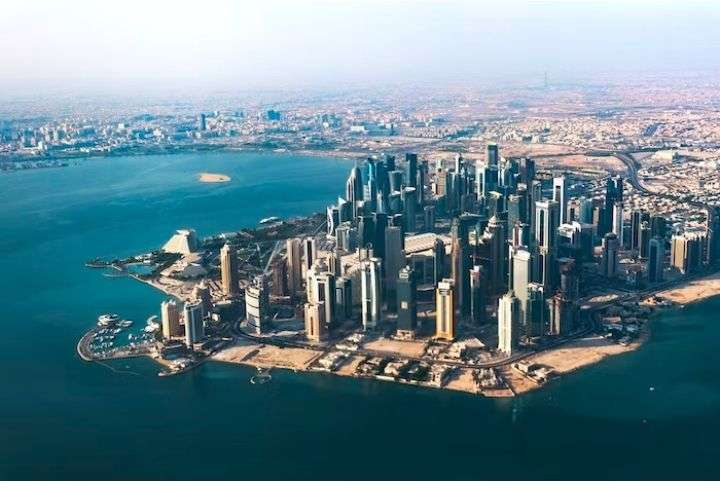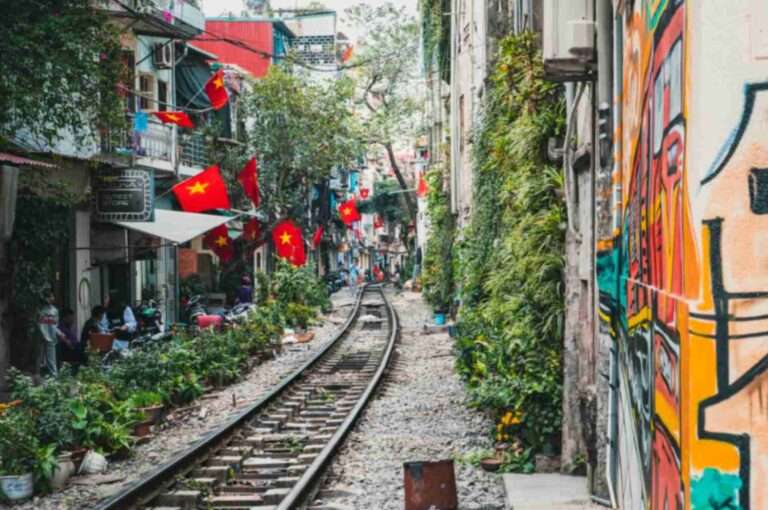Turkmenistan, a country located in Central Asia, holds within its borders an enigmatic marvel known as the “Gate of Hell.” This geographical anomaly, also referred to as the Darvaza Gas Crater or the Door to Hell, has captivated the curiosity of travelers, scientists, and adventurers alike for decades.
Contents
- 1 Location of the Gate of Hell in Turkmenistan
- 2 Historical Background
- 3 Discovery and Origin
- 4 Geographical Location
- 5 The Natural Gas Crater
- 6 Unique Characteristics
- 7 Tourist Attraction and Visitor Experience
- 8 Environmental Impact and Conservation Efforts
- 9 Scientific Research and Exploration
- 10 Mythology and Folklore Surrounding the Crater
Location of the Gate of Hell in Turkmenistan
The “Gate of Hell” is situated in the heart of the Karakum Desert in Turkmenistan, approximately 260 kilometers north of the capital city, Ashgabat. Its precise coordinates are approximately 40.252°N latitude and 58.439°E longitude. Accessible via guided tours organized by local agencies, the crater’s remote location amidst the vast desert landscape adds to its allure and mystique.
Historical Background
Discovery and Origin
The origins of the “Gate of Hell” trace back to the 1970s when Soviet geologists accidentally stumbled upon it during their exploration activities in the Karakum Desert. The crater is believed to have formed due to a drilling mishap while searching for natural gas reserves.
Geographical Location
Located in the heart of the Karakum Desert in Turkmenistan, the crater’s precise coordinates are approximately 40.252°N latitude and 58.439°E longitude.
The Natural Gas Crater
The crater, measuring approximately 70 meters in diameter and 20 meters in depth, is perpetually engulfed in flames due to the combustion of natural gas. The fiery spectacle is a result of a controlled burning process initiated by geologists to prevent the spread of methane gas.
Unique Characteristics
What makes the “Gate of Hell” truly mesmerizing is its eerie glow, especially visible at night, illuminating the surrounding desert landscape. The flames dance relentlessly, casting an otherworldly ambiance over the desolate terrain.
Tourist Attraction and Visitor Experience
Accessibility
Despite its remote location, the “Gate of Hell” has garnered widespread attention, attracting adventurous travelers and explorers seeking to witness its surreal spectacle firsthand. Access to the site is possible through guided tours organized by local agencies.
Safety Measures
Visitors are advised to exercise caution due to the inherent risks associated with the intense heat and unstable ground surrounding the crater. Safety barriers are in place to prevent accidental falls or injuries.
Cultural Significance
The crater holds cultural significance for the Turkmen people, who regard it as a symbol of their nation’s natural heritage and resilience in the face of adversity.
Environmental Impact and Conservation Efforts
Concerns
The continuous burning of natural gas raises environmental concerns, contributing to air pollution and greenhouse gas emissions. There are also risks of soil degradation and habitat loss in the surrounding ecosystem.
Initiatives for Preservation
Efforts are underway to mitigate the environmental impact of the crater, including the exploration of alternative methods for harnessing natural gas and promoting sustainable tourism practices.
Scientific Research and Exploration
Studies Conducted
Scientists from various disciplines have conducted research expeditions to study the geological processes, microbial life, and heat-resistant organisms thriving in the extreme conditions of the crater.
Insights Gained
The “Gate of Hell” serves as a natural laboratory for studying the Earth’s geothermal systems and astrobiology, offering valuable insights into the potential for life in extreme environments beyond our planet.
Mythology and Folklore Surrounding the Crater
The crater’s surreal appearance has inspired various myths and legends among the local population, with tales of supernatural beings and ancient curses shrouding its enigmatic aura.
Economic Implications
Tourism Revenue
The influx of tourists seeking to witness the “Gate of Hell” firsthand has contributed to the local economy, generating revenue for tour operators, hospitality businesses, and souvenir vendors.
Impact on Local Communities
The increased tourist activity has also brought socio-economic benefits to nearby communities, providing employment opportunities and fostering cultural exchange.
Future Prospects and Challenges
Sustainable Tourism Development
Balancing the preservation of the crater’s natural integrity with the demands of tourism development remains a key challenge for authorities and stakeholders.
Conclusion
The “Gate of Hell” in Turkmenistan stands as a testament to the Earth’s natural wonders and human curiosity. While its fiery allure continues to draw visitors from around the globe, efforts to conserve its ecological balance and cultural significance are imperative for its long-term preservation.
Unique FAQs
1. Is it safe to visit the “Gate of Hell” in Turkmenistan?
– While guided tours are available, visitors are advised to adhere to safety guidelines and exercise caution due to the intense heat and unstable ground surrounding the crater.
2. How long has the crater been burning?
– The “Gate of Hell” has been burning for several decades since its accidental discovery in the 1970s.
3. **Are there any accommodation options near the crater?**
– Accommodation options near the crater are limited due to its remote location, but nearby towns offer lodging facilities for visitors.
4. What is the best time to visit the “Gate of Hell”?
– The cooler months of spring and autumn are considered ideal for visiting the crater to avoid extreme temperatures and enjoy the surreal spectacle comfortably.
5. Are there any scientific research facilities near the crater?
– While there are no permanent research facilities, scientific expeditions are periodically conducted to study the geological and biological phenomena associated with the crater.

Safnaa has been working in the travel industry for over a decade, and her expertise and knowledge are reflected in the high-quality content and resources available on travelstutor.com. She is dedicated to providing travelers with accurate and up-to-date information on destinations, accommodations, transportation, and activities, ensuring that they have the best possible travel experience.

